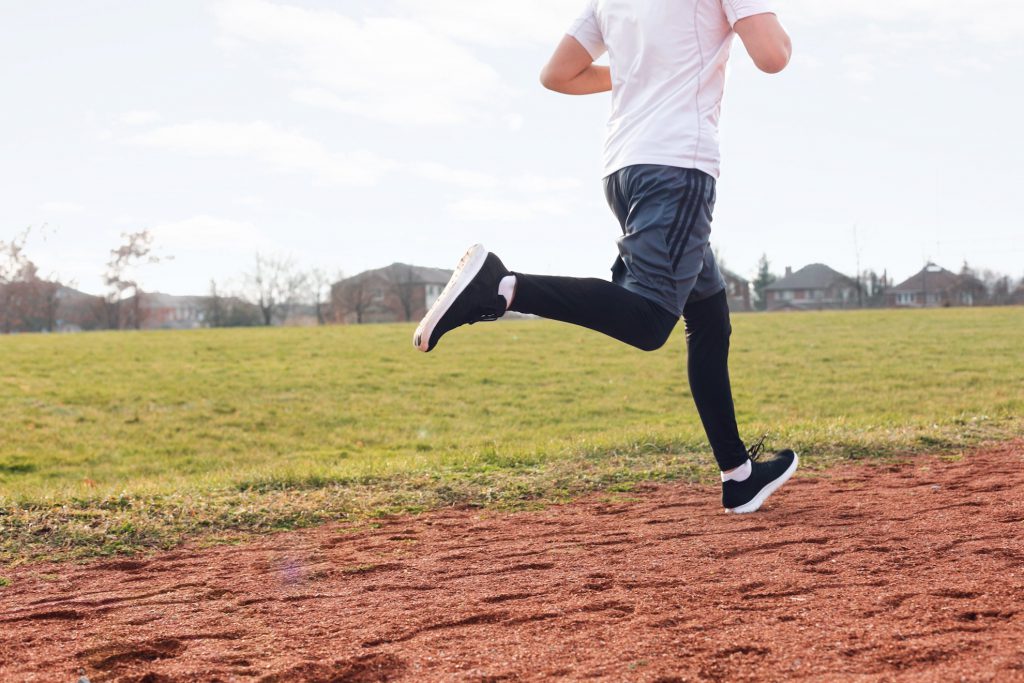
We’ve all probably heard by now the idea that sitting is the new smoking. We spend our days hunched over our desks, sitting in our vehicles, enjoying our latest Netflix binge, using our smartphones to order dinner and next week’s groceries- it’s inevitable that at some point in your day you are likely sitting.
A sedentary lifestyle is linked to a large range of health risks, including increased risk of obesity, high blood pressure, early aging and cardiovascular disease. The good news is, we can all take miniscule measures to improve our health throughout the day and in between these sedentary tasks. The movements we make in between our daily activities-refreshing our coffee, taking the longer way to the breakroom, or parking a few extra parking spots away- all contribute to the National Physical Activity Guidelines for Americans recommendation for adults of getting between 150-300 minutes of moderate-intensity, or 75 to 150 minutes of vigorous intensity aerobic exercise each week; in addition to strength-training exercises two or more days a week.
This exciting discovery came out of the update to the 2008 Physical Activity Guidelines, where researchers discovered that any amount of exercise is beneficial and health promoting, breaking from the old rule that physical activity be accumulated in bouts of at least 10 minutes in order to count towards your weekly recommended physical activity.
The research found that even accumulated bouts of exercise that were less than ten minutes were helpful in lowering blood sugar, controlling blood pressure and protecting against chronic disease and early death. Additionally, physical activity provides immediate benefits and can help you sleep better, feel better, think better and decrease your risk of anxiety or depression.
Gone are the days where we must be on the go and moving for at least ten minutes in order to count as physical activity. With only one in four adults in the U.S. fully meeting the physical activity guidelines and one in ten premature deaths related to inactivity, this new concept in physical activity research provides a glimmer of hope for improving health in a predominantly sedentary culture.

The National Health and Nutrition Examination Survey, conducted by the Centers for Disease Control and Prevention every year, found that moving more strongly influenced longevity and the adults studied that were the least physically active, were at the highest risk of premature death. Those who moved more often (over twenty minutes a day), cut their mortality risk in half.
Even on those days where you can’t find the time to fit in a purposeful and continuous exercise session, be mindful in your daily tasks and take every extra step when you have the opportunity, and rest easy knowing that this extra bit of movement is still working to your good and is beneficial for your health.
For me, on my busiest of days my mini move motivator gets me going-even if we only get a few five minute walk breaks-we never fail to come back happier and healthier. So, get moving-anytime, anywhere and by any way that gets you active. Once you get started, you may find you can change small things in the way you live your life to improve your health and move more.
Don’t miss another great blog: Subscribe Now
